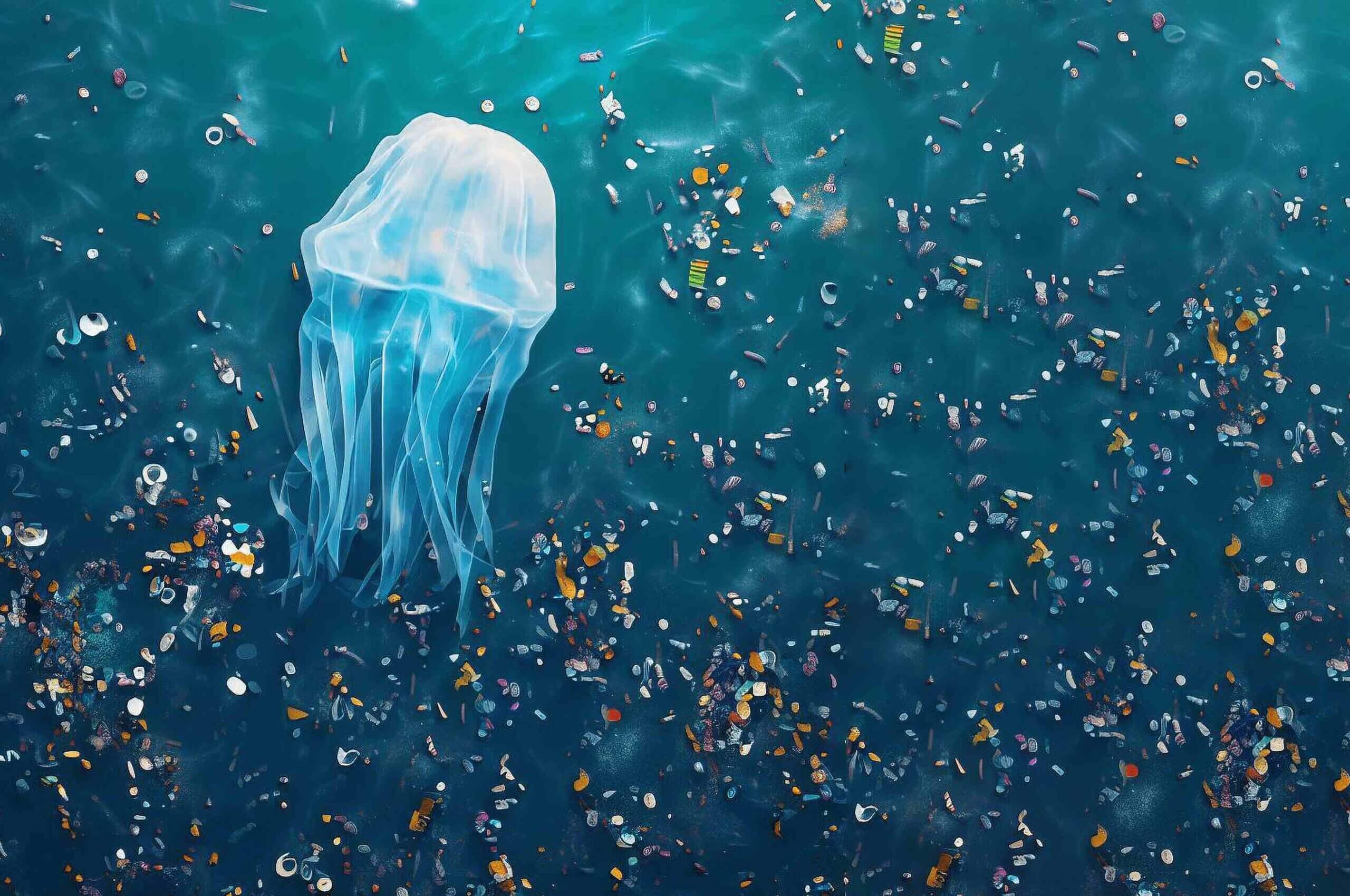Commentary
The Rising Tide of Microplastics

Editor’s note: This is one in a continuing series of educational columns about fostering environmental stewardship and leadership coordinated by ACES — The Alliance of Climate and Environmental Stewards
Plastic Pollution is a growing problem. Every year, over 400 million tons of plastic are produced. When incorrectly disposed of, much of that plastic waste makes its way into our environment, and specifically into our lakes, rivers and ultimately out to our oceans.
Once in the water, plastic becomes a serious threat, harming animals, damaging fragile ecosystems, and breaking down into tiny fragments called microplastics. Microplastics are pieces of plastic smaller than 5 mm in size, often invisible to the naked eye, but they’re everywhere—from the ocean’s surface to its deepest depths.
What’s especially concerning is that about 80% of plastics come from land-based sources. This makes coastal areas, where land meets the sea, particularly vulnerable. These habitats act as both filters and frontlines. Whether it’s through stormwater runoff, litter left behind on beaches, or plastics carried by rivers, coastal zones are where much of this pollution first enters the ocean.
To better understand the presence and abundance of microplastic in our waterways, the Merrimack Valley Planning Commission’s (MVPC) environmental department has been collecting surface water samples across our coastal region over the last five years. Through deploying a large net from the back of an anchored boat, the team collects samples of surface water over a 15-minute period. All solids that float through the net are captured in the cod ending, allowing the team to collect, process and count the small pieces of plastic within the water sample.
Over the last five years, a total of 69 samples have been collected from across the Great Marsh and processed in lab by collaborators at the University of New Hampshire. Results indicate that plastic has been present in every sample collected, with plastic abundance greatest in 2020 and 2023, and lowest in 2024 and 2021. Variability between years and sampling locations is common and expected due to variations in environmental and human conditions (e.g. rainfall, drought condition, salinity, tidal phase, and human activity).
One common finding has been the prevalence of synthetic fabric fibers in samples. In all but one of the 69 sample, synthetic fibers made up half or more of all plastics present. This indicates that shedding from clothing and other textiles is a major contributor to microplastics within our coastal system. As most fibers are thin enough to pass through laundry filters and wastewater treatment plants, their prevalence in our waterways is common and to be expected.
While remediation of microplastics from the environment is a challenge, there are things we can do to help. Reducing plastic demand and production helps to limit manufacturing at the source. Proper disposal of plastic waste also reduces the chance of plastic making its way into the environment. Additionally, cleanups and removal of large plastic debris from our environment help to prevent the breakdown into microplastics. To discover even more actions you can do to reduce plastic, check out the Ten Towns Toolkit, developed by our neighbors in New Hampshire, and say yes to the Plastic Free July Challenge!
This column is from the Summer Update issue of the MVPC’s newsletter – the “Merrimack Current”. You can learn more about ongoing initiatives and research on the Environmental Program web page at Environment | MVPC or by contacting Environmental Program Coordinator, Hanna Mogensen at hmogensen@mvpc.org.
ACES team members believe everyone can make a BIG difference together. We invite you to stay updated on environmental matters by subscribing to our monthly newsletter via the “Subscribe to Updates” link on ACES’ website – https://www.aces-alliance.org/. Please consider joining our community of stewards committed to Make Every Day Earth Day by contacting acesnewburyport@gmail.com.
This educational column was originally published by The Daily News of Newburyport on August 15, 2025.
.svg)




